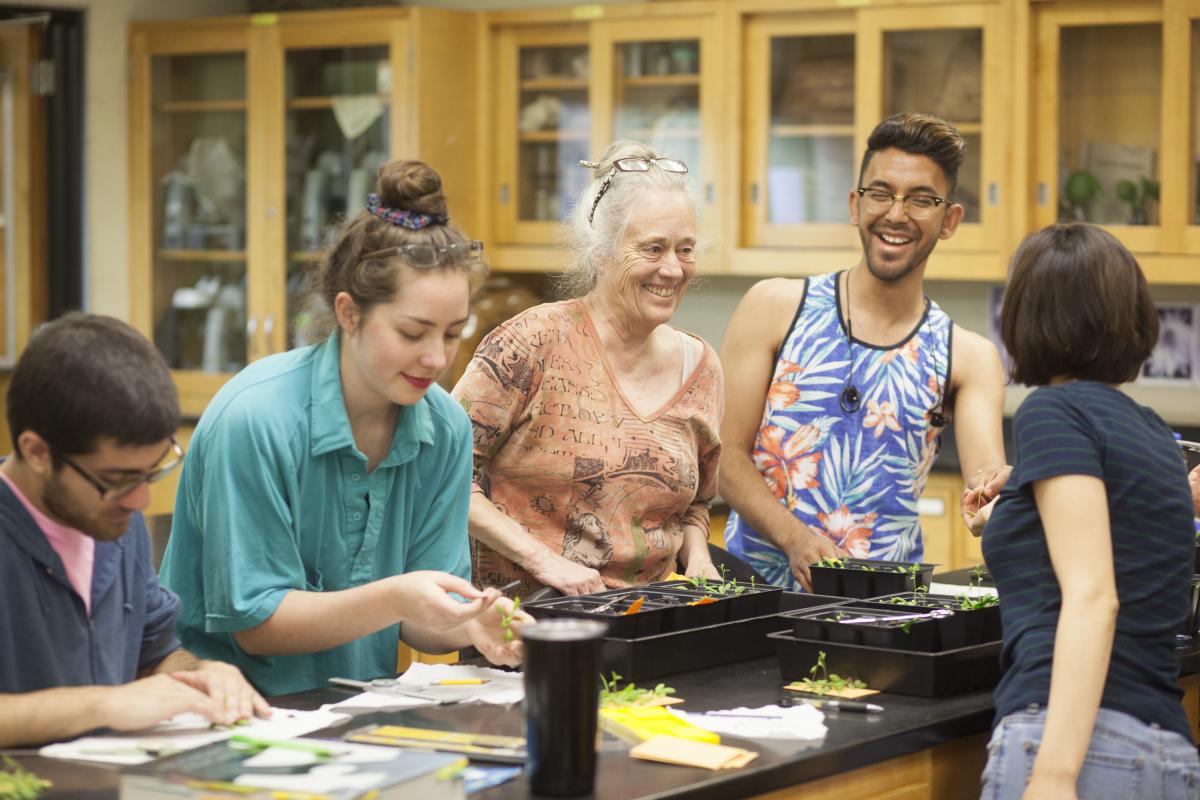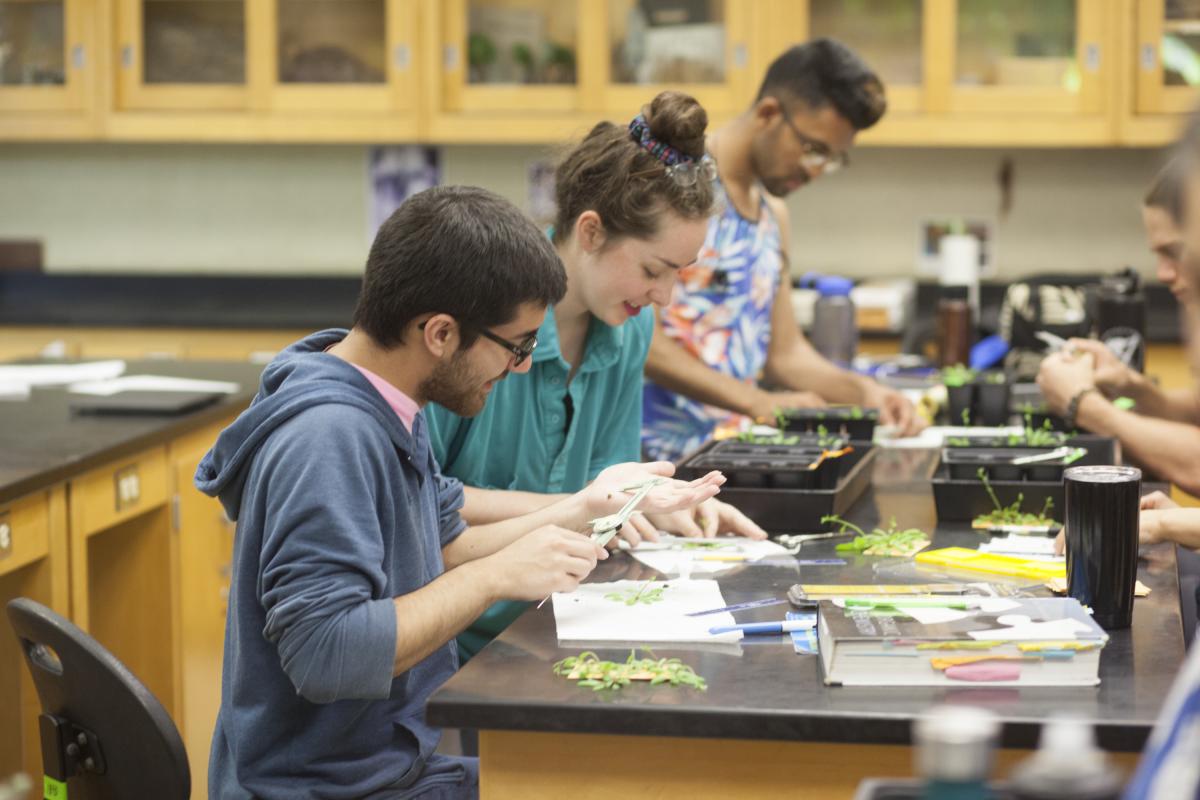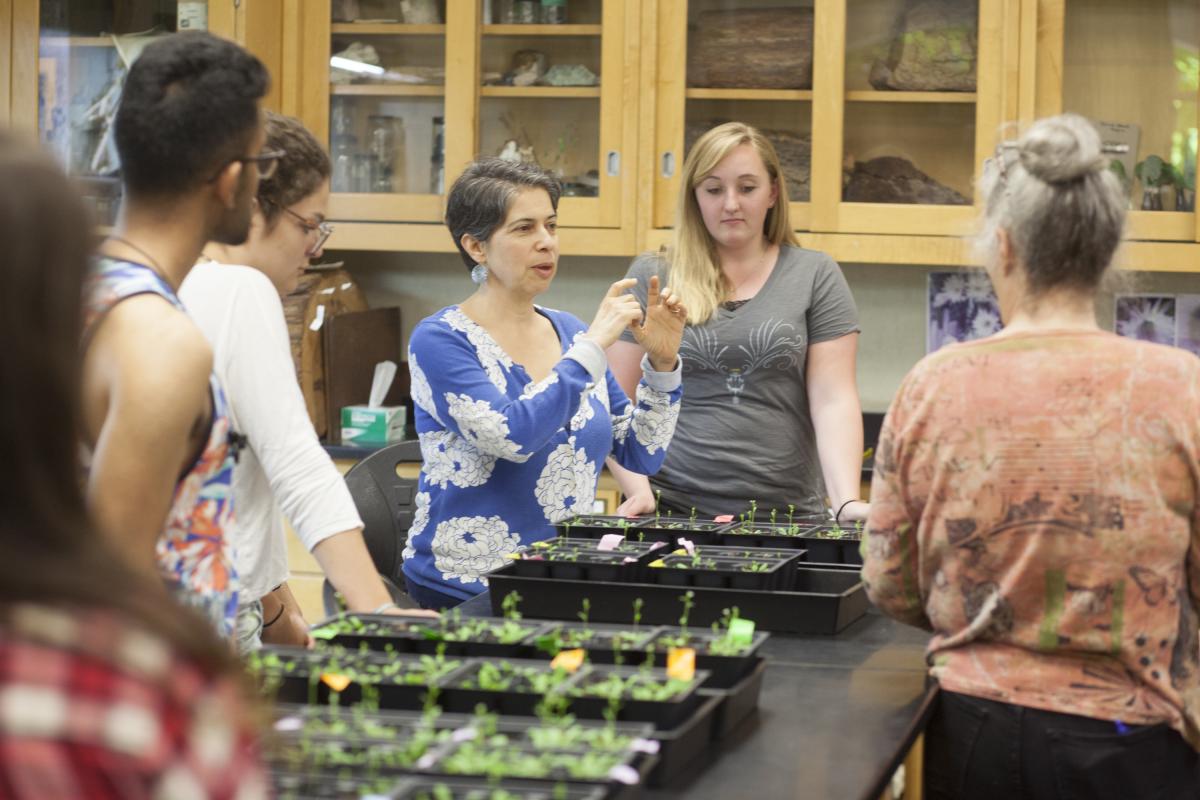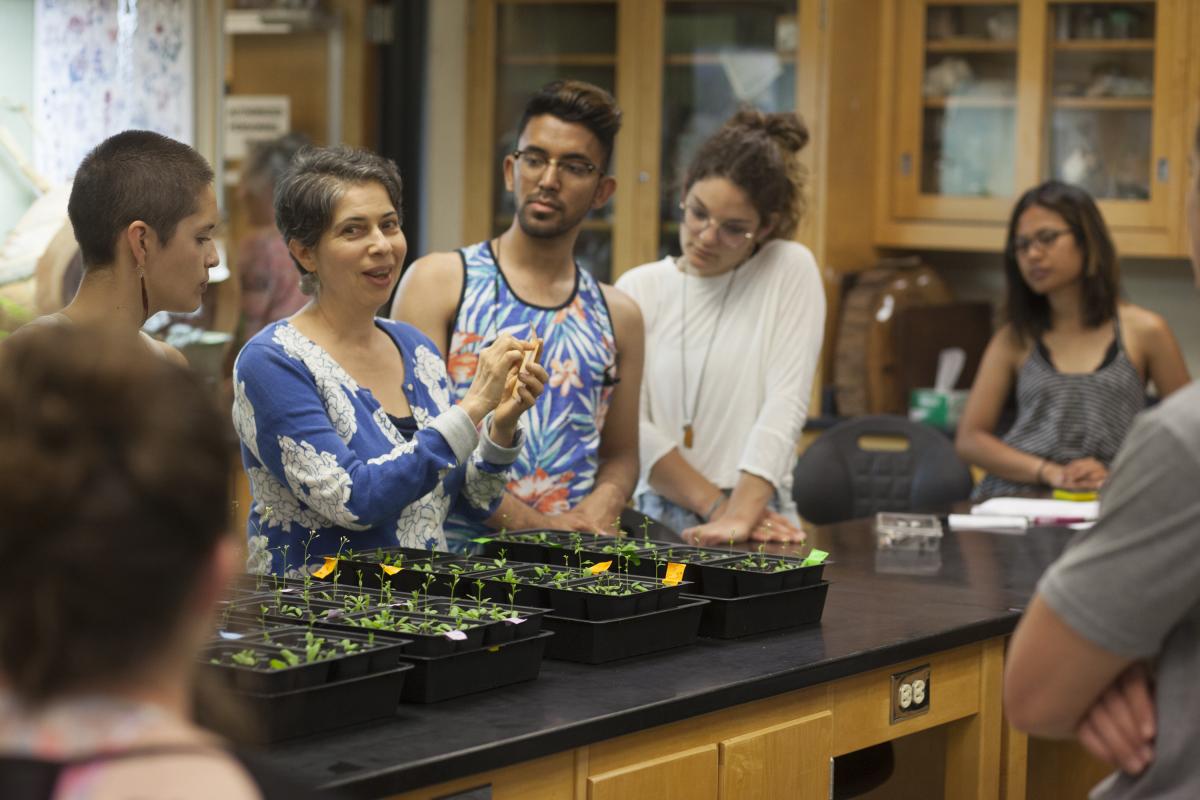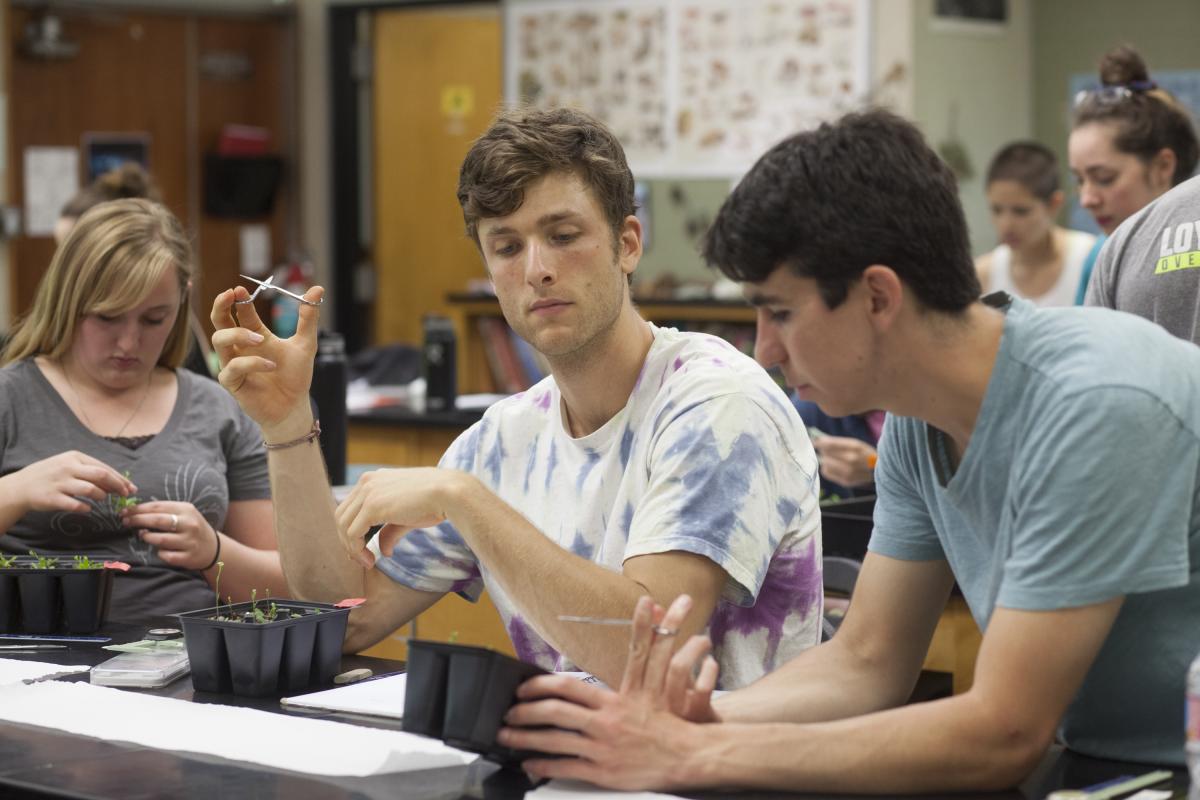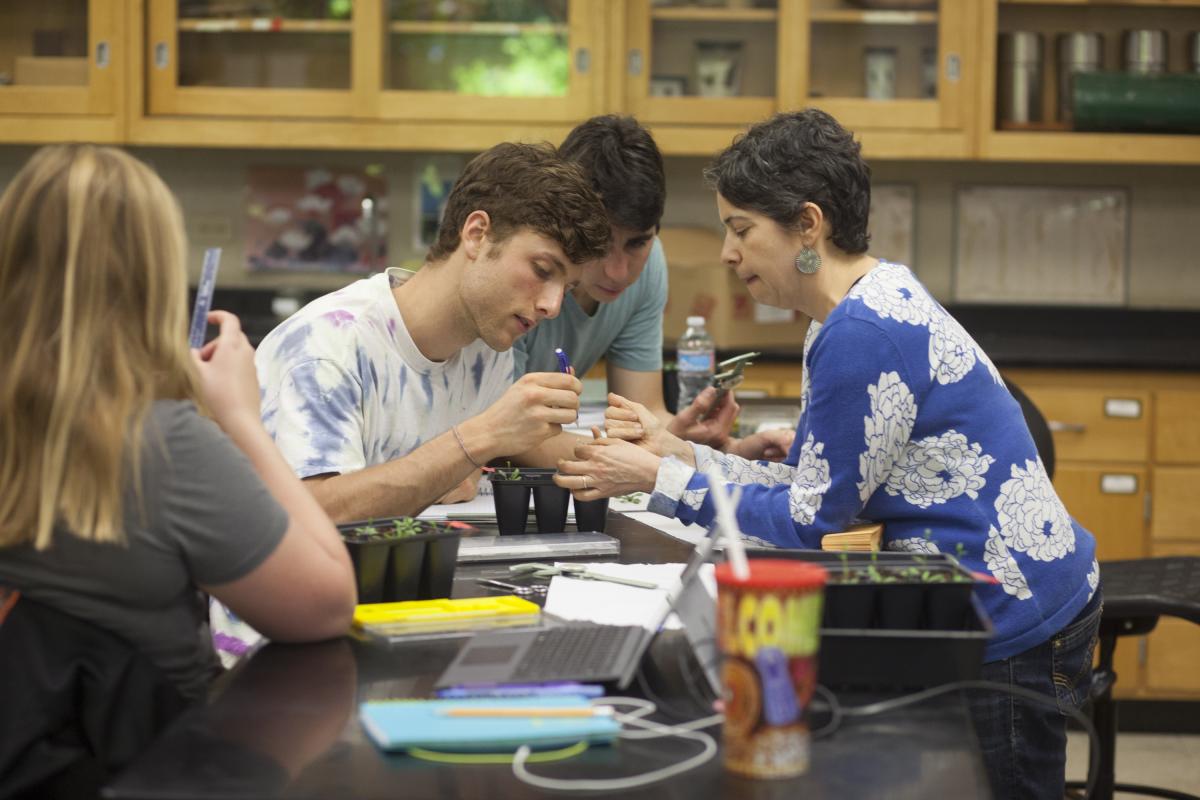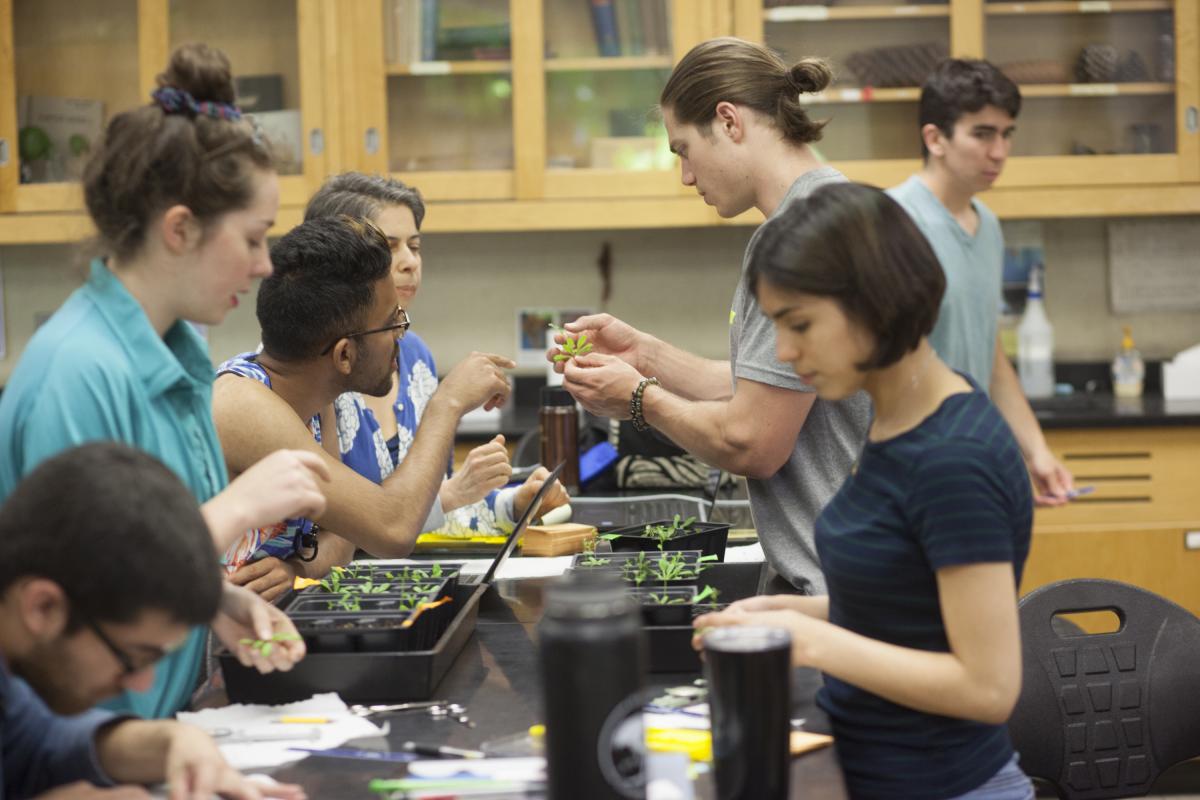What are Course Based Undergraduate Research Experiences?
CUREs involve whole classes of students in addressing a research question or problem that is of interest to the scientific community. Not only do CUREs present students with opportunities to make scientific discoveries, CUREs involve students in numerous activities that have been shown to improve learning, especially when compared to traditional lab courses. CUREs also offer the capacity to involve many students in research and can serve all students who enroll in a course – not only self-selecting students who seek out research internships or who participate in specialized programs.
Long-Term Monitoring Program and Experiential Training for Students
Biology 10, Spring 2017
Professor Kirsten Swinstrom, Ph.D.
"Students in my Bio 10 class are participating in a citizen science project called LiMPETS (Long-term Monitoring Program and Experiential Training for Students) run by the Farallones Marine Sanctuary. The data we collect is used by scientists to monitor the health of both sandy beach and rocky intertidal ecosystems on our coast.
Students are trained in the lab before going on a field trip to collect data. Back in the lab we ask questions, review the scientific literature, analyze the data, and produce scientific posters together."
-Professor Kirsten Swinstrom, Ph.D.
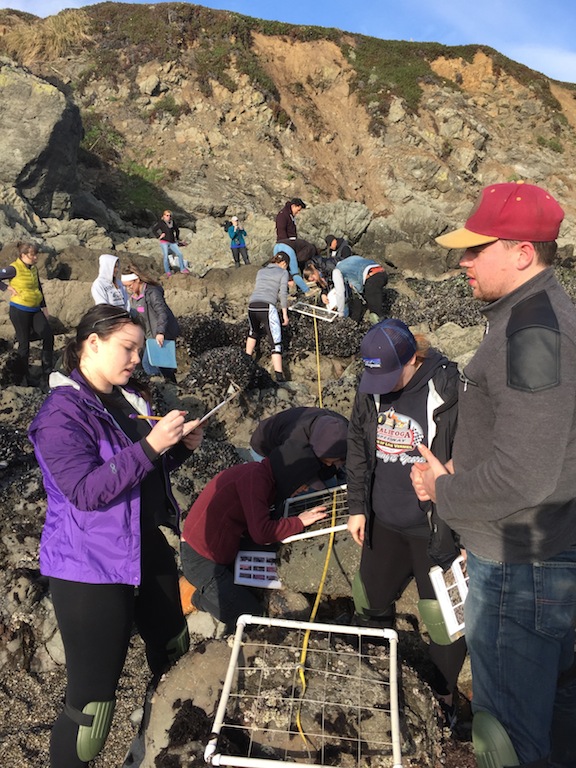
Students investigating a rocky intertidal ecosystem.






Students monitoring the mole crab population at Salmon Creek Beach, a sandy beach ecosystem.
Arabidopsis Thaliana Knockout Mutants
Biology 2.3, Spring 2017
Professor Abigail Zoger
"Santa Rosa Junior College and West Valley College are collaborating on a joint CURE that focuses on light stress in Arabidopsis thaliana knockout mutants. If plants receive more light energy than they can channel into their electron transport chain and from there into the Calvin Cycle, the excited electrons can be fluoresced (limited ability) or accepted by O2 which lead to free radicals and oxidative damage to the cell . Zeaxanthin can accept the excess electrons and dissipate the energy through resonance.
Violaxanthin is converted zeaxanthin by a pathway that begins with the enzyme violaxanthin de-epoxidase. We have begun our work by looking at a knockout mutant for the gene for this enzyme. West Valley College students will examine the how this mutant responds to different light and temperature conditions. The SRJC students are inducing water stress; closure of stomates leads to a decrease in the Calvin Cycle and therefore a back-up of the electron transport chain. It seems like that water stress should have a disproportionately large impact on the knockout mutant.
As part of the research, students are also doing pilot projects to test different methods of inducing water stress; lower frequency watering, lower volume of water, watering at different developmental stages, etc. This work allows them to design their own experiment from scratch and will be used to design next semester’s class wide experiment."
-Professor Abigail Zoger
